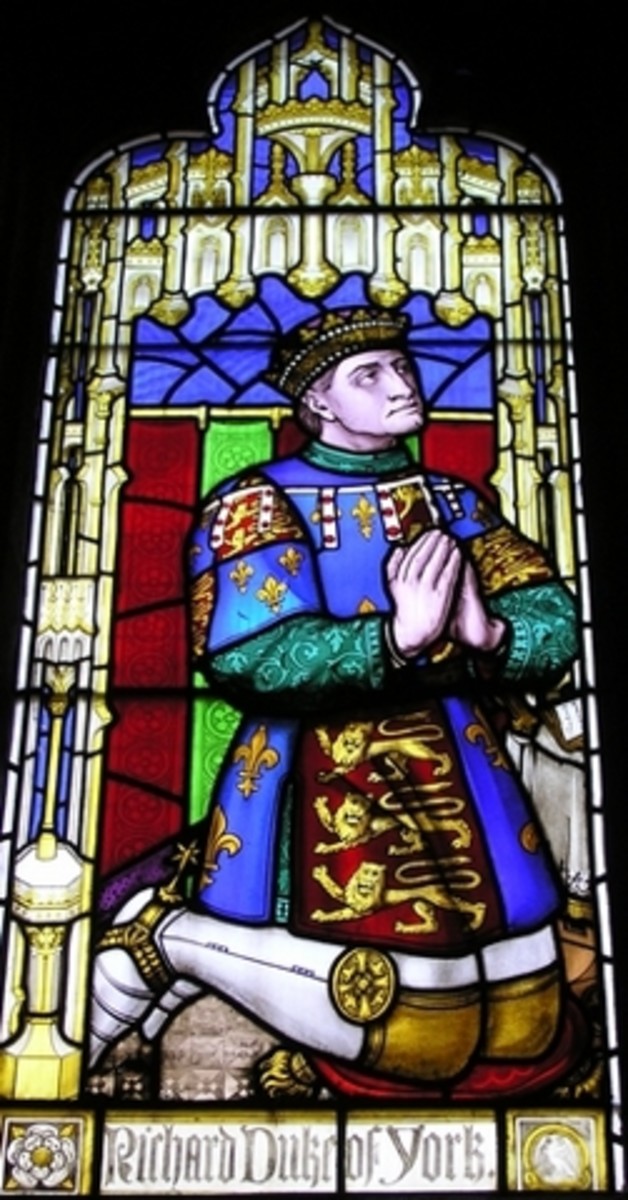The main pictures today feature a great band: Straightjacket https://www.facebook.com/straightjacketofficial/
check them out

MAR16
Shallow Side Seasons After American Evil and more at Haven
Public · Concert
· Hosted by Protage, Inc
and check out their latest efforts here:
https://www.facebook.com/commerce/products/1339825976083463/
https://www.facebook.com/commerce/products/1339825976083463/
The rest of my personal pictures are of the Oblivan where they were playing http://obliviontaproom.com/
Oh and the first quote is from http://www.r3.org/on-line-library-text-essays/beth-marie-kosir-richard-iii-a-study-in-historiographical-controversy/
Richard III only ruled England for two years, but it is his alleged role in the disappearance of his young nephews – the “princes in the tower” – that made him infamous.
GUNS AND HOSES FIREFIGHTERS ORLANDO FL. BLOOD DRIVE TEE S… (262893678248) $4.99

So what is this Princes in the tower thing????
Well seems that Edward IV—Richards eldest brother took the throne from Henry VI (in Edwards’ defense Henry had lost all of France that his father Henry V had fought—in Angicourt defeating an unbelievably superior force—but alas he died suddenly leaving a baby–the youngest to ever become king—but he did have regents governing for him for quite a while. Anyway when Henry did grow up he was a bit ah “simple” and some of the behavior that was described of him sounds very like Catatonic Schizophrenia.) who was eventually killed in the Tower (of London)
Weir says of Henry VI Murder: That of course the King (Edward at that time) would have written the order but that Richard as Warden of the tower would either have carried out the execution or ordered someone else to carry it out.
Jones does not deal with the subject except to say that Richard would later have Henry (VI) reburied at Westminster Abbey.
Henry VI
Should we conclude that the sainted More, a man of integrity who died a martyr rather than swear against his conscience, was a liar? That can of worms may be even more controversial than the story of Richard III himself. http://www.historyextra.com/excavation

Richard and Edward’s mum Cecily Neville, Duchess of York
OK now we come to the in-laws—somewhere along the line Edwards (who was a legendary for excess including food, song, wine and not the least women)
Weir tells us that the Queen’s family name usually written in today’s books as Woodville was in reality Wyderville and was Saxon in origin. She tells of a family that gained position over the years, but was still considered low class when she somehow met the king and the rest seems to be described by everyone as Edward’s lust and Elizabeth staying chaste until he married her. She goes on to describe the marriage “to be very unpopular.” And goes on to say that it “also caused divisions within the royal family.” Finally that it was alleged that even that even the kings mother was extremely displeased.
And as for the family–they were described as a large family that the King rapidly promoted “to the exaltation of the Queen and the displeasure of the whole realm.
Jones goes with the Woodville, in fact he doesn’t address the multiple choices, but agrees with the quickie marriage with no apparent advantage other than the kings desires and goes on to say that there was “an arrival of a horde of impoverished Woodville relatives, eager to exploit their new royal connections and secure advantageous marriages, patronage and anything else that might be available for them.”
He also says that in the future they actually tried to put Elizabeth’s mother on trial for witchcraft. And that the opinion was that if it wasn’t bad enough to marry one of his own subject to no advantage to the throne, it was even worse that Elizabeth was a widow when he married her.

In 2012, archaeologists and researchers began excavating beneath a carpark in Leicester, hoping to find Richard’s final resting place. The search captured the public’s imagination and the remains subsequently found were confirmed as those of Richard.

Now comes the sticky part. At Edward’s death of over-indulgences
His oldest son would of course take the crown–but problems arose.
Problem 1 the W (however you spell it) family was power hungry, hated by most of the country and obviously a major problem for the Richard and the families that were the power structure of England if they gained control of the young King Edward V. Both Weir and Jones agree on this
But problem 2 is a wooper: Weir states that Manceni (one of her sources) asserted that “the king’s own mother asserted that the king was not the offspring of her husband, but conceived in adultery.” Weir how ever chooses not to give credence to this stating that this is not found in any contemporary accounts.
However Jones quotes information from an Italian visitor at the time of Richard’s taking the throne, the Italian evidentally had a close relationship to the oldest Prince in the tower doctor, as the boy was according to him still alive at this time, who does record this information about the Duchess and the legitimacy of the dead king.
Jones also notes the time line of his father being away at war, records showing where his mother was at that time and Edward IV’s date of conception based on birth records etc. and agrees there appears to be an issue there. He also notes that oddly (this not a normal notation) the birth records have an addition of “conceived in wedlock”. But the final nail in the legal conception idea is that the records of the christening for Edward, the first born and heir—obviously a big deal for most families was held in a small private chapel in a Rouen Castle with few present. But when Edmund the second son came along he was christened a large public and magnificent ceremony.

Richard III granted Elizabeth Woodville (Edward IV’s queen) a pension of 700 marks (a mark = 2/3 of £1) which her son-in-law Henry Tudor was to reduce to 400 Marks.

So what about the boys in the tower—well it seems that Richard took possession of the young King first—in order to get them from the W’s (W’s do weird things in office) and put them in the tower—now the tower which became a place of death and destruction under Henry VIII (just a couple Kings later) was basically a fort and a palace and putting the boy there and later his brother whom he was able to get Richard the younger prince out of sanctuary with his mother at Westminster Abbey. From there the history becomes a bog of exactly when, what and where…some skeltons were found, presumed to be them and are in an urn back in Westminster, but with thousands of years of habitation and a lot of conflicting accounts on the bones and the church not inclined to allow any new examinations—-hey wait doesn’t the Queen own Westminster?
Weir says “Nevertheless, it confirms that , if these were the Princes–and there is no reason to support otherwise–then they were dead by the end of 1483. An if that is the case given all the other evidence already disussed in previous chapters, then only one man could have been responsible for their deaths: Richard III.”
Jones (who agrees with the 1483 date) is divided and gives us both sides now: “If Richard believed in his legitimate right to the throne, he would not be compelled to kill the princes for his own accession to take place, for as bastards, they could be set aside. Whereas if he was an usurper, with no right to the crown, there would be an awful necessity to do just that.”
Both gone on and Jones’ especially must be read for things he feel could indicate guilt etc. So what do you think—come on somebody tell me your opinion and why.

In the 1480s, the future king went into battle again, assisting his brother to invade Scotland. His strong performance in this conflict bolstered his stature and fueled his rise to power.

$4.79

The older and younger of a Fergus
Season 3 the Bitch is back:
Jamie beaten bloody in season 3—so what’s new with that? http://www.the-dispatch.com/entertainment/20160907/outlander-jamie-is-beaten-and-bloody-in-first-season-3-photo
OK now Sam and Cait has broken up and he’s quitting after this season to do Dr. Who (HUH?): http://en.koreaportal.com/articles/26068/20170201/sam-heughan-caitriona-balfe-split-outlander-season-3-actor-quitting-tv-show-for-doctor-who-rumored-couple-dating-in-real-life.htm

Accusations of infanticide, however, were not enough for the historians seeking to defame the dead king. The death of Richard’s own wife came under suspicion with hints of him murdering her with poison, of murdering her former husband after the battle of Tewkesbury, of murdering King Henry VI, and even of his own brother Clarence, despite his treason being confirmed by the act of attainder passed by King Edward IV’s own parliament.
By the time the Elizabethan playwright William Shakespeare penned what was to become one of his most popular and frequently performed plays, The Tragedy of King Richard III, the works of the anonymous Croyland Chronicler, John Rous, Bernard André, Polydore Vergil, Sir Thomas More, Edward Hall, Richard Grafton and Raphael Holinshed had been written.

Shakespeare followed their tradition and presented his anti-hero as the murderous, deformed tyrant so well known to theatre, television and cinema audiences.

Boyd Bears Justine the Choir Singer 1999 (262893680578)
$4.99







